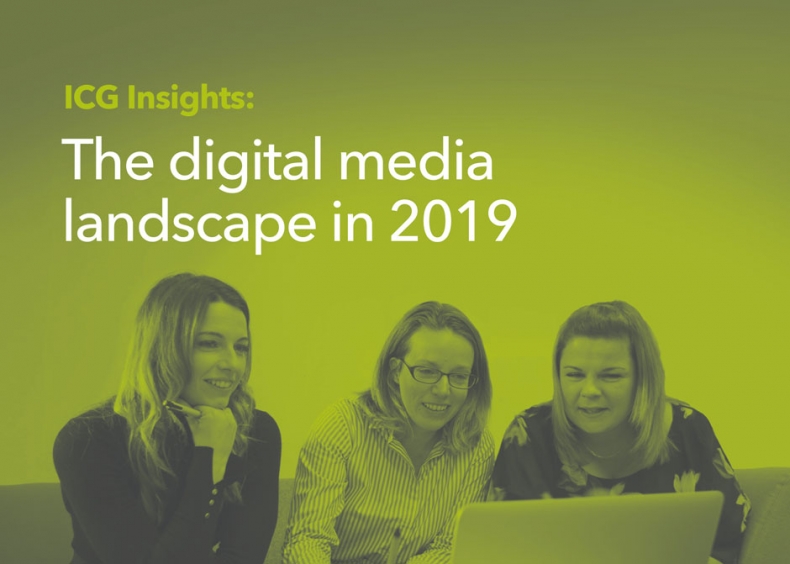
Posted on 01 Mar 2019
PR Manager, Julie Hackett, joined members of the PRCA - a body representing PR practitioners - for the first of a series of workshops to celebrate its 50th anniversary.
The guest panel included Reach, the Lad Bible, MEN and the BBC. Here's some of the key discussion points....
The media are brands too
As PRs we're always focused on our clients' key messages - their brand, culture and ethos, what makes them stand out. The media consider themselves as brands too with a clear need to build connections and meaningful relationships with audiences.
Trust - and not being first with the news
In an era of fake news, trust has become a key USP for media brands. You only need to look at how alarmist click-bait media reporting around Momo to see why. Being first is no longer the biggest priority especially in the face of user-generated content and platforms such as Twitter. Being accurate and creating relationships with communities counts for more - and will ultimately help safeguard regional and local journalism for the future. Being right is a big differentiator - people coalesce around trusted brands.
Headlines
SEO orientated headlines have moved on. They need to include key terms but they also need to be fluent, nuanced and make sense. The test of a good headline - will someone click on it? Will they engage with the story? Will they tell it down the pub? Headlines must also be a true representation of the story to maintain trust with the audience.
The long form
The long form story exists in digital media. If someone reads an article for three minutes that counts as great engagement. Media brands now question how meaningful a five second engagement is and see their role as an opportunity to go into greater depth and be more reflective. The BBC News has its Long Reads section - feature length stories often with an alternative visual layout that encourages you to slow down and absorb.
No excuse not to know your audience
Data and analytics have changed the way journalists write stories. Instant responses from readers in the comments section leave digital media organisations in no doubt about their audiences' feelings. The comments section and social platforms give readers a sense of ownership and participation. As a result, stories are constantly nurtured and updated depending on the response they receive. Headlines can be tweaked and competitions in the newsroom for the best performing headlines are not unusual.
Spelling mistakes - still one of the biggest irritations
Whether it's in print or online - spelling mistakes still attract derision and are a source of irritation. Thankfully they can be easily rectified. The same goes for factual mistakes. PRs should not be afraid to flag them up.
Advertising wrapped around engaging content
Instead of the hard sell, PRs and marketers should encourage their clients to think about aligning their brand values with audiences. Readers are less likely to be turned off by advertising if it's wrapped up in good content. PRs - don't be afraid to push back to clients so they understand what audiences will truly engage with.
Julie Hackett is a PR Manager at ICG. She's spent 20 years in PR and previously worked as a regional journalist and trained with the NCTJ.



